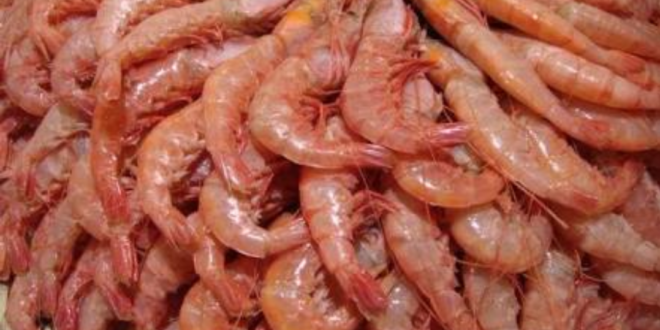
Constant efforts are made by various researchers to find new ways of producing renewable substance so as to decrease the pollution burden of Mother Earth. With the same aim, a research team at the Nile University, Egypt, has developed a method of converting dried shrimp shells into slender films of biodegradable plastic, which would have otherwise discarded. The team desires to use this biodegradable plastic to craft eco-friendly packaging and grocery bags.

After continuous efforts of 6 months, the researchers were able to produce a thin, transparent model with the use of chitosan, a substance present in the shells of various crustaceans. Irene Samy said, “If this biodegradable plastic is commercialized, it can assist in actually lessening our waste, which in turn can aid in improving the food exports as the plastic has antibacterial and antimicrobial properties.”
The team bought the shrimps from supermarkets, local fishermen, and restaurants at inexpensive prices. Further, the use of shrimp shells is more feasible as it can substitute the synthetic substances utilized in plastics and thus, slash the quantity of biowaste generated by the food industry.
The shells are initially cleaned, treated chemically, ground, and then suspended in a solution, which dries up to form thin layers of plastic, a method the team believes to have a potential for industrial production on a large scale. Hani Chbib, said, “Around 3,500 metric tons of shrimp are imported by Egypt that generates 1,000 metric tons of shells as a waste. Rather than discarding the shells, they can be utilized to craft biodegradable plastic bags.”
For now, the researchers have produced minute samples and the plan is not yet prepared to go into marketable production but the group is functioning hard to enhance properties, such as durability and thermal stability that can permit the substance to go into extensive use.
This is surely a great step toward reducing the environmental waste burden. Don’t you think so?
